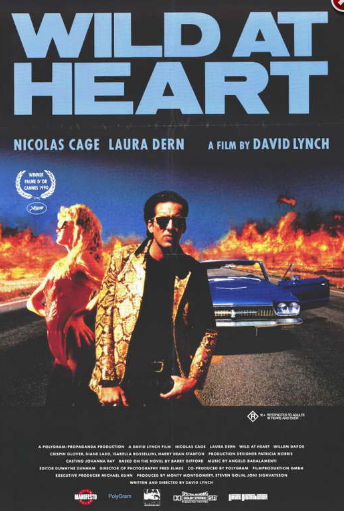Szatmári Szilva Heads East: The Hungarian Plum Set To Conquer Japan
zita kisgergely
via https://www.agrarszektor.hu/
Szatmári szilva lekvár, or Szatmári plum jam, is a product that falls into the category known as ‘Hungaricum,’ or, things that have a strong national Hungarian identity. Paprika from around Szeged, and Bikavér, or Bull’s Blood wine, are other examples. Szatmári plum jam originates in historically Hungarian Transylvania. The town of Szatmár in Romanian is Satu Mare. Szatmár is also a county in Hungary. Close to each other geographically, both offer Szatmár plum jams.
The tradition of plum-jam making in the Szatmár region dates back hundreds of years. The special plums are known for being both small and packed with flavour, making them popular for use in the Hungarian fruit brandy pálinka, as well as the famous Szatmár jam. It’s the jam that has taken the interest of a Japanese importer, who has ordered a ton of the product after discovering it at the Foodex Japanese food industry exhibition for the first time in 2019.
Plums are popular fruit in Japan, but there is as of yet no jam similar to the rich Szatmári plum jam in the country. Nor are there many plum jams anywhere much like the Szatmári plum: the jam is cooked over a long period of time — sometimes days — until it has a dense consistency and flavour some compare to a rich chocolate paste. Its uniqueness is also attributed to the method by which it is cooked: using ‘dry preservation’ then cooking in a copper cauldron. The sweetness comes from the plum itself: traditionally there is no sugar added to the jams.
With their love of delicate pastries, we can only imagine what the Japanese will make of it when they try szilva gömböc, or famous—and delicious—Hungarian plum dumplings. As for the pálinka, we are keeping it for ourselves.
Flatpack Films has many years of experience dedicated to offering expert servicing. It has brought the best of Hungary to countless brands, agencies, and production companies through its unique locations, exceptionally skilled crews, top of the line equipment and technical solutions. Backed by an impeccable track record, Flatpack Films has worked with world-class clients including Samsung, Samsonite, Toyota, Braun, Chivas Regal and many more - bringing their projects to life through a highly bespoke approach.
































